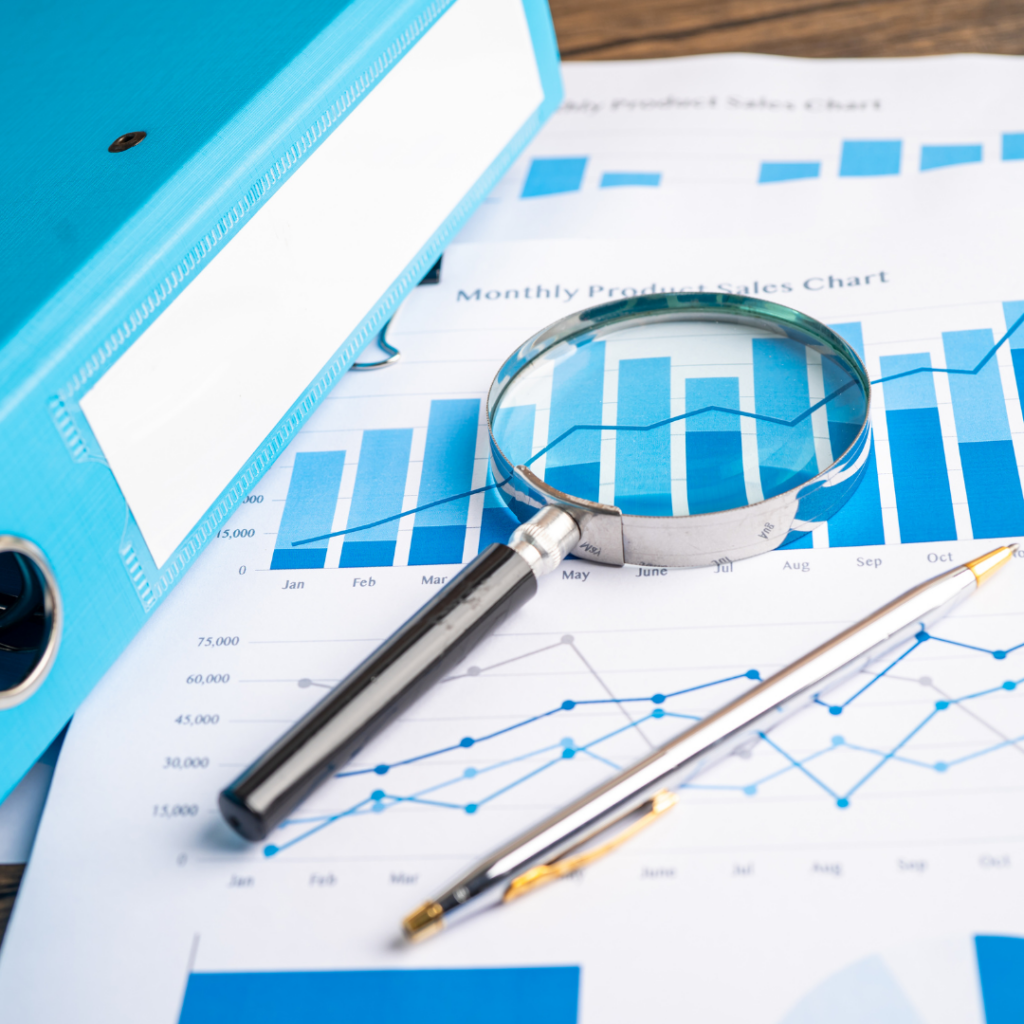Dallas Real Estate Market Analysis: Key Metrics for Investors
Dallas has long been recognized as a powerhouse in the real estate market, offering diverse opportunities for investors ranging from residential properties to commercial spaces. With its robust economy, strategic location, and business-friendly environment, Dallas continues to attract both domestic and international investors. However, to make informed investment decisions, it’s crucial to understand the key metrics that define the Dallas real estate market. This analysis will delve into the essential metrics that every investor should monitor to navigate the Dallas market effectively.
1. Population Growth and Demographics
One of the most telling indicators of a thriving real estate market is population growth. Dallas has consistently been one of the fastest-growing cities in the United States, with a population that has increased by over 20% in the last decade. The influx of new residents, driven by job opportunities, a lower cost of living compared to other major cities, and a favorable climate, creates a sustained demand for housing and commercial spaces.
Demographics also play a significant role. Understanding the age distribution, income levels, and household sizes can help investors identify the types of properties that are in demand. For instance, a younger population with a growing number of tech professionals may increase demand for modern apartments and co-working spaces. Conversely, an aging population might signal a need for more healthcare facilities or senior living communities.
2. Employment Trends and Economic Indicators
The strength of the local economy is another critical metric for real estate investors. Dallas boasts a diverse economy with strong sectors in technology, finance, healthcare, and manufacturing. The presence of major corporations such as AT&T, ExxonMobil, and American Airlines provides stability and continuous employment opportunities.
Investors should closely monitor job growth rates, unemployment rates, and wage trends. A low unemployment rate coupled with rising wages often leads to higher demand for housing and retail spaces, as more people have disposable income. Conversely, economic downturns or stagnation in job growth could signal potential challenges in the real estate market, leading to increased vacancy rates or downward pressure on rents.
3. Housing Market Trends
The Dallas housing market has been characterized by strong demand and rising prices. However, understanding the nuances of this market requires analyzing several key metrics:
Median Home Price: The median home price in Dallas has seen steady appreciation over the past decade. However, it’s essential to compare this with historical data to understand if the market is currently overvalued or still has room for growth.
Price-to-Rent Ratio: This metric compares the cost of buying a home to the cost of renting. A high price-to-rent ratio might indicate that renting is more affordable, which could shift demand from buying to renting. For investors, this could signal an opportunity in the rental market, particularly in multifamily properties.
Inventory Levels: The number of homes available for sale is another critical metric. Low inventory typically indicates a seller’s market, where demand outstrips supply, leading to higher prices. Conversely, high inventory levels could suggest a buyer’s market, where prices might stabilize or even decline.
4. Commercial Real Estate Metrics
Commercial real estate in Dallas offers a wide range of opportunities, from office spaces in bustling business districts to retail spaces in suburban areas. Key metrics to consider in the commercial sector include:
Vacancy Rates: Vacancy rates are a direct indicator of supply and demand in the commercial real estate market. A low vacancy rate suggests high demand for commercial spaces, which can lead to higher rental incomes for investors. On the other hand, rising vacancy rates might indicate an oversupply of commercial properties, leading to lower rents and potentially higher tenant turnover.
Cap Rates: The capitalization rate (cap rate) is a critical metric for assessing the potential return on investment for commercial properties. Dallas typically offers favorable cap rates compared to other major U.S. cities, reflecting a balance between risk and return. Investors should compare cap rates across different property types and locations within Dallas to identify the most lucrative opportunities.
Absorption Rate: The absorption rate measures the rate at which available commercial spaces are leased or sold over a specific period. A high absorption rate indicates strong demand and a healthy market, while a low absorption rate might suggest a sluggish market, requiring investors to be more cautious.
5. Rental Market Dynamics
For investors interested in rental properties, understanding the dynamics of the rental market is crucial. In Dallas, rental demand has been consistently strong, driven by population growth, job opportunities, and a diverse economy. Key metrics to monitor include:
Average Rent Prices: Tracking the average rent prices across different neighborhoods can provide insights into the most profitable areas for investment. Higher average rents generally translate to higher potential returns, but they also come with higher purchase prices, so it’s important to consider the overall return on investment.
Occupancy Rates: Occupancy rates indicate the percentage of rental units that are occupied. High occupancy rates are a positive sign for investors, as they indicate strong demand and stable rental income. Conversely, low occupancy rates might signal issues with the property or the local market, such as overbuilding or economic downturns.
Rent Growth: Analyzing rent growth trends can help investors forecast future income potential. Dallas has experienced steady rent growth in recent years, driven by strong demand and limited supply. However, investors should be aware of potential market shifts that could impact rent growth, such as changes in local regulations or economic conditions.
6. Market Sentiment and Consumer Confidence
While quantitative metrics are crucial, understanding market sentiment and consumer confidence can provide additional context to the Dallas real estate market. High consumer confidence generally leads to increased spending, including in real estate. Monitoring surveys, economic forecasts, and investor sentiment reports can help investors gauge the overall health of the market and anticipate potential changes.
7. Regulatory Environment and Taxation
Dallas’s business-friendly environment is one of its key attractions for investors, but it’s essential to stay informed about any changes in the regulatory landscape. Property taxes, zoning laws, and development regulations can all impact the profitability of real estate investments. Investors should also consider the potential impact of state and local policies on property values and rental income.
8. Comparative Market Analysis (CMA)
Conducting a Comparative Market Analysis (CMA) is essential for investors to understand how a particular property or area compares to others in the Dallas market. A CMA involves analyzing recently sold properties, current listings, and expired listings to gauge the fair market value of a property. This analysis helps investors make informed decisions about buying, selling, or holding properties.
Conclusion
The Dallas real estate market offers a wealth of opportunities for investors, but success requires a deep understanding of the key metrics that drive this market. By monitoring population growth, economic indicators, housing and commercial market trends, rental dynamics, market sentiment, and the regulatory environment, investors can make informed decisions that align with their investment goals. Whether you’re a seasoned investor or new to the Dallas market, staying informed and adaptable will be key to capitalizing on the city’s dynamic real estate landscape.


Joseph Gozlan
Investment Properties Advisor
Email: Joseph@Wisdom.TXcom
Direct: (469) 443.6336
Language/s: English, Hebrew
